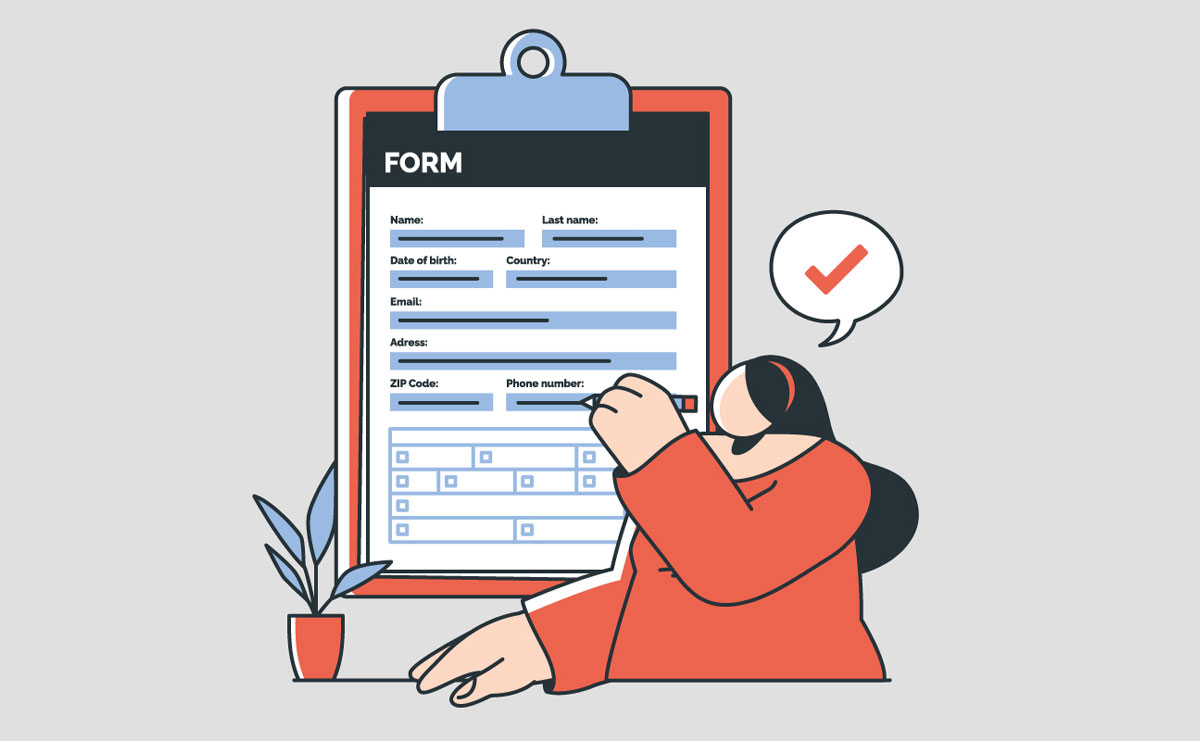Legal Time Tracking for Personal Injury Law Firms
Stop revenue leak by tracking every billable hour and minute
Built-in time tracking lets you record work across intake, treatment monitoring, demand, negotiation, and litigation—then converts billable hours into customized, branded invoices you can send and track.
- ✔ Capture billable hours and expenses and attach them to the right matter automatically
- ✔ Get paid faster with automated, branded invoices
- ✔ Generate clean settlement statements and breeze through month-end accounting
Make month-end easier on your law firm
Simplify PI Time and Expense Tracking with RunSensible
PI law firm time tracking: log billable time from any activity
Log time by creating billable hours from calendar, emails, calls, texts, drafts, and tasks. Stop your PI firm’s revenue leak by tracking time more efficiently. Edit and correct time entries by bulk.
Built-in legal payment and billing tools for better payment collection
Automatically create branded invoices from time entries and recorded expenses for each matter or client and send them by email or text message. Track payment status and send automated reminders for better payment collection.





